Australian-born travel writer and photographer Christine Osborne was recording life in the Arab oil states before mass tourism introduced them to the world. Author of the acclaimed memoir Travels with My Hat published in 2014, her latest project showcases her best images in a pocket-size mini series called Old Gulf Coast Days: United Arab Emirates, Qatar and Oman.
Her books are available at all major online outlets and through her website below.
The remarkable story of how an Australian nurse became an award-winning travel writer and acclaimed photographer working alone in some of the most offbeat places on earth. This was trailblazing travel in a time well before the internet: before travel rating websites advised where to stay and before mass tourism disturbed the culture of many countries.
In 1979 Christine Osborne travelled with the Buckingham Palace Press Corps to cover Her Majesty Queen Elizabeth’s tour of the Arab states. The hat incident of the title refers to a moment in Nizwa, in the Sultanate of Oman, when the Queen became separated from the royal party in the labyrinthine souq.
Christine’s other adventures in Yemen, Pakistan, Morocco, Ethiopia and Iraq are rounded off with letters to her mother who had never left Australia.
Travels with My Hat: A lifetime on the road is an extraordinary account by a cool-headed young woman carrying her camera-bag and wearing her trusty blue hat.
The feature image is of Armies of bulldozers levelling desert for farming in Abu Dhabi in the 1970s.
All images are strictly copyright to Christine Osborne.
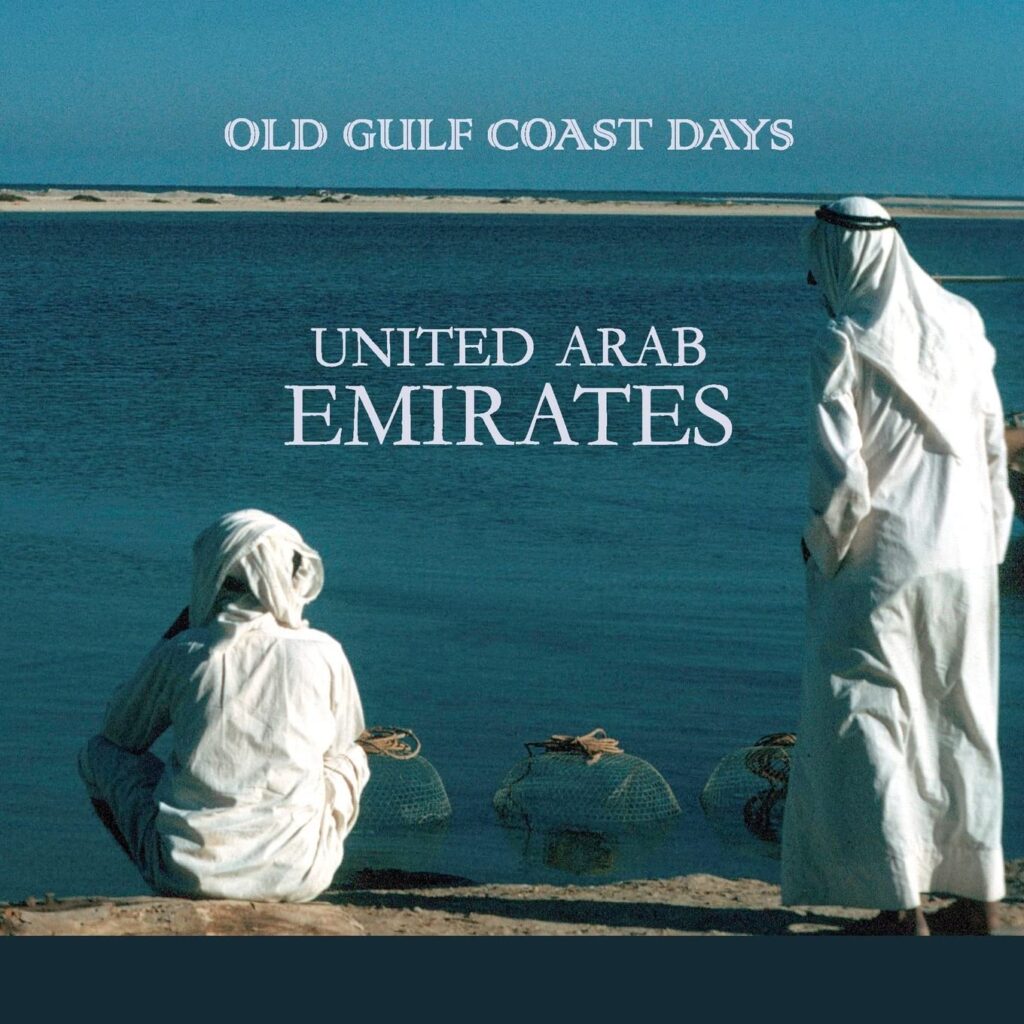
The United Arab Emirates is a federation of seven sheikhdoms located on the western shore of the Persian Gulf: Abu Dhabi, Dubai, Sharjah, Ajman, Umm al-Qawain, Ras al-Khaimah and Fujairah on the Arabian Sea coast. Historically known as the Trucial States, the region enjoyed British protection until the rulers shelved differences and amalgamated as the UAE in 1971.
Before the discovery of oil, people lived at subsistence level. The men moving between inland oases for the annual date harvest and to the coast for work as fishermen and pearl divers. In the desert hinterland, they lived in tents while simple palm frond shacks provided basic housing by the sea. When crude oil exports from the largest emirate Abu Dhabi began in 1962, life began to change; the economic affects were enormous, but the social affects of this swift transition were equally so as the Bedouin swapped nomadism for an urban lifestyle.
Real development — roads, housing, hospitals and schools – was well underway by the 1980s. Dubai had always prospered from a buoyant maritime trade. The small emirates benefited from the munificence of Sheikh Zayed bin Sultan al-Nahyan, ruler of Abu Dhabi and the first president of the UAE, who declared that “Money is of no use unless it is used for the benefit of the people.”
Bedouin has moved in with his camels, resettlement village, Abu Dhabi, 1976, United Arab Emirates

Dhows on Dubai Creek

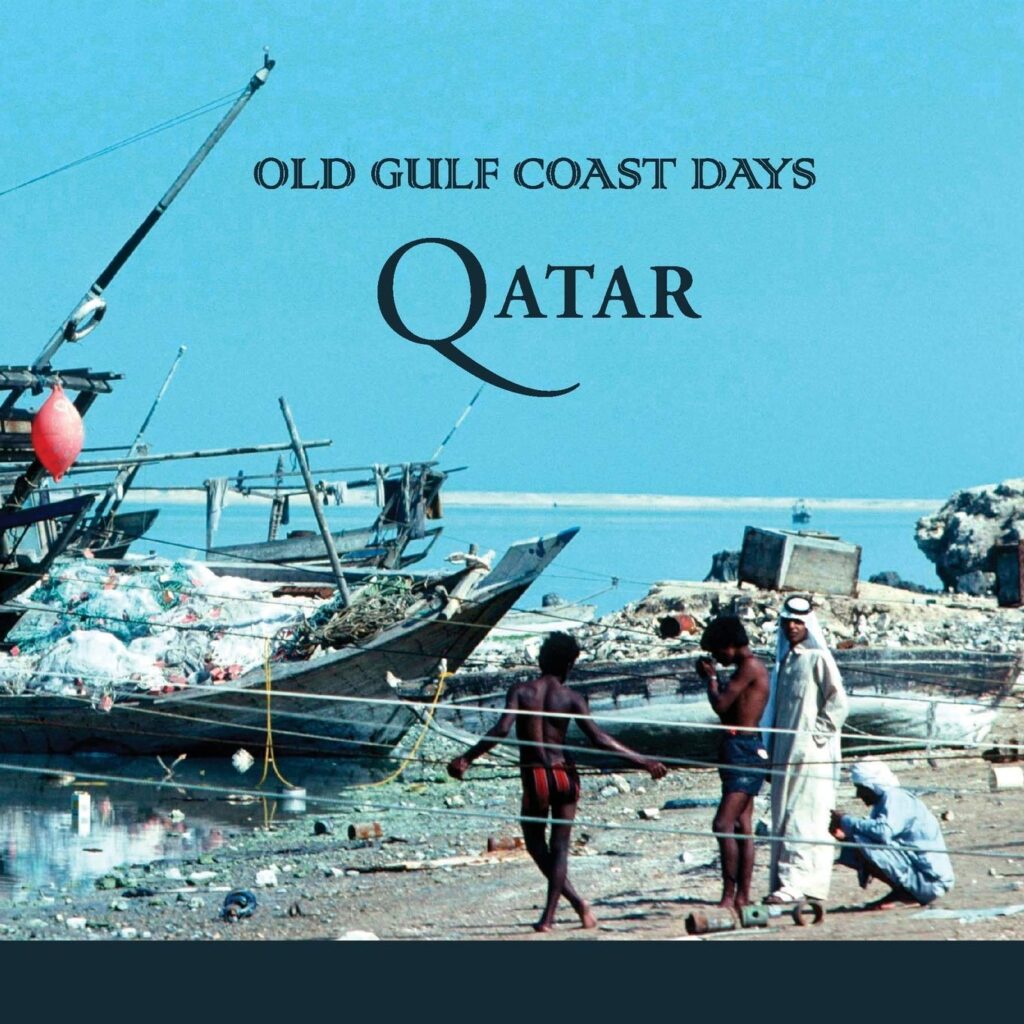
The small Arab state of Qatar on the western shore of the Persian Gulf was a slow starter in development when compared with neighbours Abu Dhabi and Saudi Arabia. Although the country had enjoyed good revenue from oil since the mid-seventies, its ruler was reluctant to embrace change. As recently as 1975 capital Doha, had only a single first-class hotel and one bank and people still lived in goat-hair tents in the desert hinterland. When a huge off-shore natural gas field began production in 1989 a decision was taken to replace the old emir.
The rise of Qatar following the assumption of power by his son, HH Sheikh Hamad bin Khalifa al-Thani in 1995 was meteoric.
Not only in the streets of soaring skyscraper but in desert reclamation schemes, aviation and communications, notably Al-Jazeera an international 24-hour English-language news channel.
The FIFA World Cup held in 2022 introduced the tiny nation to a worldwide audience of some five billion people. But this book is not an appraisal of Qatar’s achievements. Rather it is a look back, via a unique set of photographs, at “Old Gulf Coast” days.
Dhows in al Ruwais, Qatar
The impact of oil QATAR 1975


Unique images of Oman taken following the explosive development which began with the accession to power of Sultan Qaboos bin Said who replaced his father in a bloodless coup in 1970. Today the country has become a popular destination for cruise ships and tourists seeking escape from the northern winter. Most visitors find it fulfills their dream of “Old Araby” because in the process of progress, Oman has been careful to preserve its past. Historic buildings have been restored, local crafts encouraged and tribal traditions maintained. More recently Oman has acted as a mediator in conflicts in the Middle East.
Sultan Qaboos (1940-2020).
Bedouin shopping in the women only market in Ibra, Oman
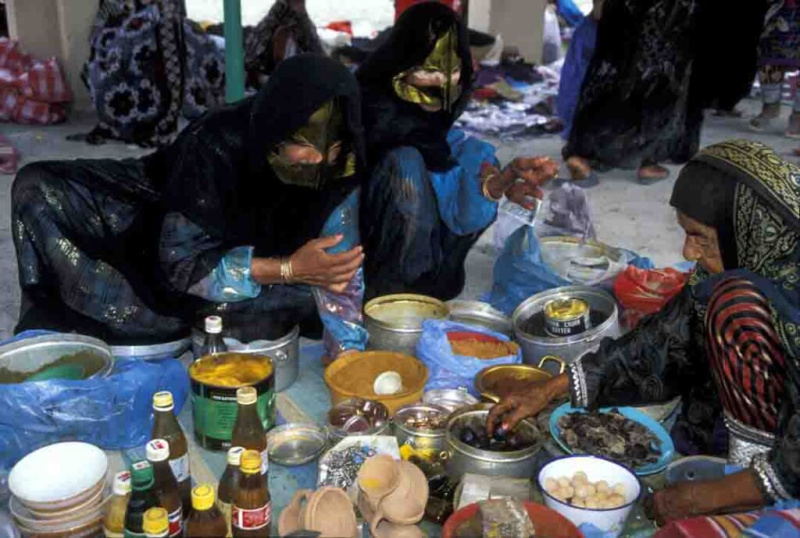
Muscat, capital of Oman with Portuguese forts
Fishermen in Dhofar southern province of Oman 1975
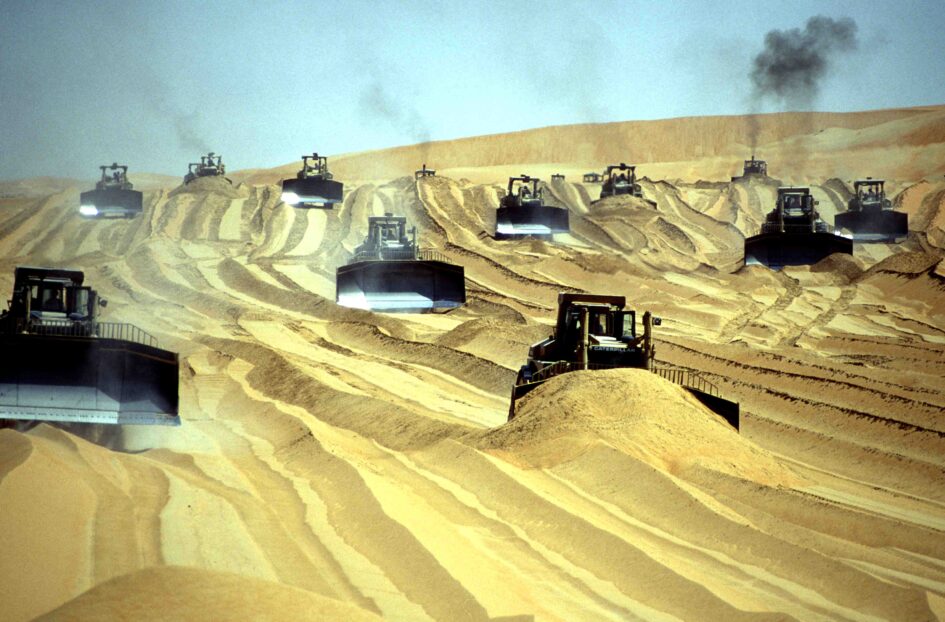

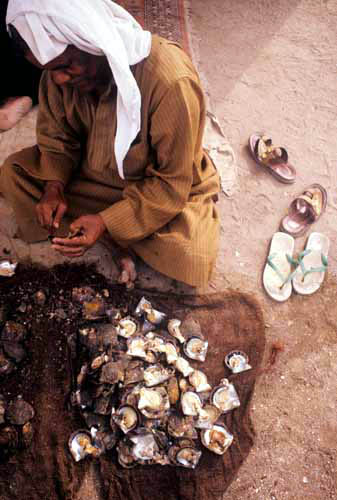
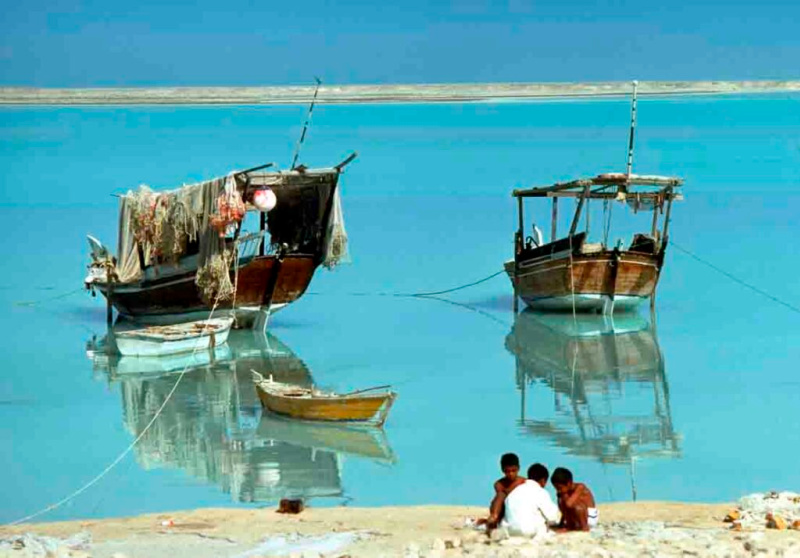


May 7, 2023 at 12:54 pm
Simply wonderful stories and photographs of the Gulf states before oil money changed them forever
May 16, 2023 at 10:54 pm
Fabulous photographs as always and amazing that you managed to capture a time long gone, and to do it as a single woman is just brilliant.